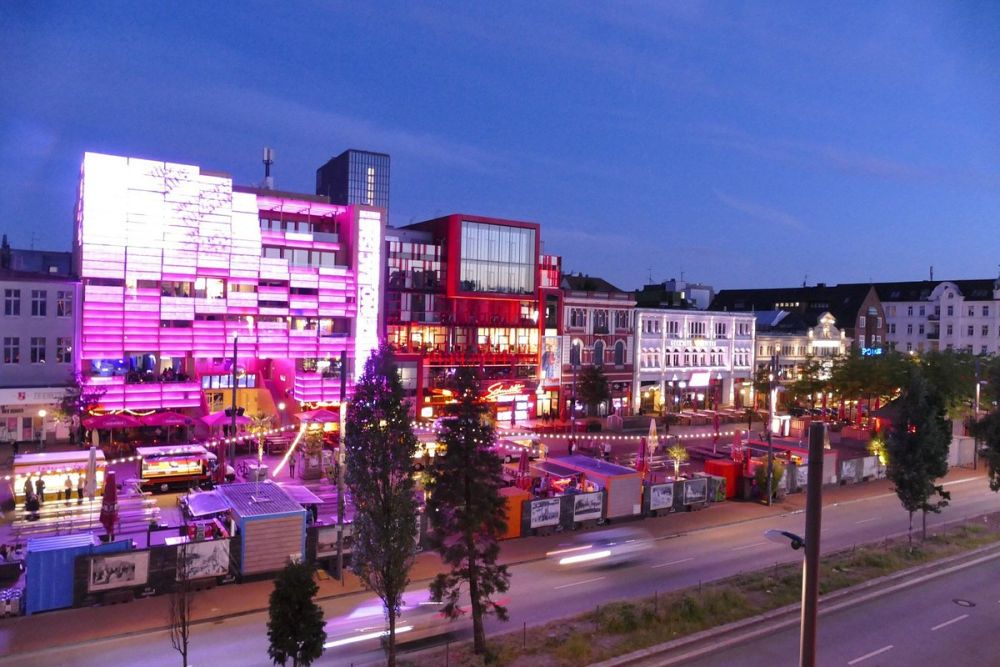

The Reeperbahn, located in the St. Pauli district of Hamburg, Germany, has long been famous as the city's red-light district. However, its appeal extends beyond its nightlife and adult entertainment venues. The area has a rich history, both as part of Hamburg’s maritime heritage and as a hotspot for tourists seeking an eclectic mix of music, culture, and nightlife.
The Reeperbahn's history as a destination for visitors can be traced back to the 17th century when it was part of the city’s port and shipbuilding industry. The name "Reeperbahn" translates to "Ropewalk," a reference to the street's original purpose where ropes for ships were made. Its proximity to the Port of Hamburg made it a frequented area for sailors looking for entertainment during their time on land.
By the 19th century, as Hamburg grew into one of Europe's biggest ports, the Reeperbahn transformed into an entertainment district. Taverns, dance halls, and theaters began to flourish, attracting not only sailors but a variety of visitors. Its reputation was fueled by its numerous establishments, and it quickly became known for its bustling nightlife.
The 1960s marked a significant turn in the Reeperbahn’s tourist history with the arrival of the Beatles. Before they became international superstars, the Beatles honed their craft in various clubs along the Reeperbahn, such as the Star-Club, which played a crucial role in their early career. This musical heritage has since been a major draw for tourists, especially Beatles enthusiasts.
In recent years, the Reeperbahn has diversified its attractions, positioning itself as not just an adult playground, but also a hub for the arts, with numerous theaters, such as the St. Pauli Theater and the Schmidt Tivoli. The annual Reeperbahn Festival has also become a significant event, celebrating music, art, and culture, thereby further boosting tourism.
The latest trend in Reeperbahn tourism has seen a shift towards responsible and sustainable experiences. Visitors are increasingly seeking authentic cultural exchanges, local culinary delights, and instances to engage with the city's history in a respectful manner. Coupled with a push for urban development and public safety, the Reeperbahn is adapting to cater to a broader audience that values not only the hedonistic aspects but also the area's artistic and historical significance.
Looking to the future, the Reeperbahn is set to continue evolving. With plans to rejuvenate the area while preserving its unique character, Hamburg aims to keep the Reeperbahn an exciting and vibrant destination for both international and domestic travelers. Gentrification and revitalization efforts promise to balance traditional elements with modern experiences, making it an important part of Hamburg’s tourism landscape for years to come.
The Reeperbahn's storied past and dynamic present tell a tale of transformation – from a simple ropewalk to a legendary quarter known worldwide. Its blend of history, music, culture, and nightlife continues to captivate those who visit the beating heart of St. Pauli in Hamburg.